Sakrale Objekte
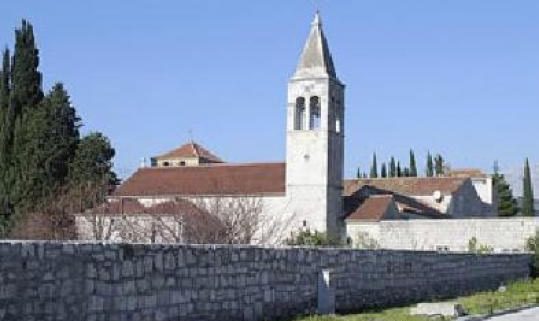
Die hl. Antonius Kirche
Diese Kirche befindet sich auf der Nordseite der Halbinsel von Split, im Viertel Poljud, in der Kaštela Bucht. Um 1020 errichtete hier der splitter Erzbischof Paulus die Kirche der hl. Maria von Poljud. Ab dem 11. Jahrhundert verwalten die Kirche die Benediktiner aus dem Kloster des hl. Stefan auf Sustipan und im 15. Jahrhundert bekommen Franziskaner die Genehmigung neben der bis dahin verwahrlosten Kirche ihr Kloster zu errichten. Im 16. Jahrhundert wird das Klauster gebaut, mit einem quadratischen Turm im westlichen Teil, als Bestandteil eines Abwehrsystems, das die Kirche und das Kloster vor Angriffen der Ottomanen schützen sollte. Im 18. Jahrhundert wird der Glockenturm als Anbau an die südliche Seite der Kirche gebaut. Unter den vielen wertvollen Gegenständen die sich in diesem außergewöhnlichen Komplex befinden, muss der Altarpolyptich erwähnt werden, dessen Bestandteil eine der ältesten, bekannten Darstellungen der Stadt ist und zwar auf dem Gemälde des venezianischen Malers Girolamo de Santa Croce aus dem Jahre 1549, auf dem der Schutzpatron der Stadt, der hl. Domnius die Stadt in seiner Hand hält. Noch interessanter ist die seltene Darstellung des islamischen Propheten Muhammed, dessen Gestalt nach dem Koran nicht dargestellt werden darf, im Werk des Barockmalers Mihovil Luposignioli, der ihn als einen der 39 Theologen zeigt, die über die unbefleckte Empfängnis der Jungfrau Maria diskutieren.

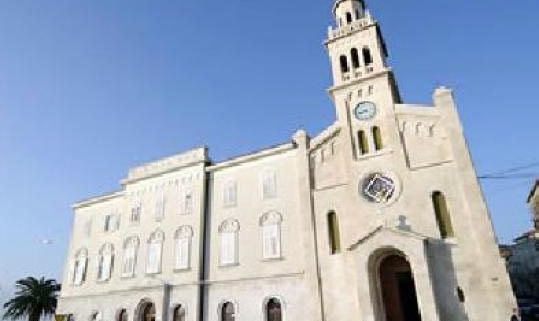
Die hl. Franziskuskirche
Die Kirche mit dem Kloster des hl. Franziskus befindet sich am westlichen Ende der Uferpromenade Riva, aufgebaut auf den Überresten einer frühromanischen Kirche, neben dem Grab und der kleinen Kapelle des hl. Felitius, einem der Märtyrer aus Diokletians Zeit. Im 13. Jahrhundert übernehmen die Kleinen Brüder des hl. Franziskus die Kirche. Was Kunstobjekte betrifft, so ist sicher das gotische, bemalte Kruzifix aus dem 15. Jahrhundert, ein Werk des berühmten Künstlers Blaž Jurjev Trogiranin am wertvollsten, zusammen mit dem römischen Sarkophag der eine wunderschöne Darstellung des Übergangs durch Rote Meer, als frühes Objekt sakraler Kunst aufweist. Im Kloster bewahrt man auch eine Sammlung von über 3000 Büchern auf, darunter einige sogar aus dem 16. Jahrhundert. Im Kloster und der Kirche befinden sich ebenso die Grabstätten bekannter Bürger der Stadt Split, wie zum Beispiel die des Vaters der kroatischen Literatur Marko Marulić und die eines der größten kroatischen Politiker, Ante Trumbić, dessen Sarkophag von Ivan Meštrović stammt.

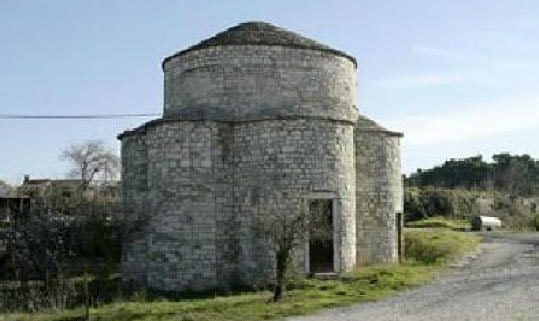
Kirch der hl. Dreifaltigkeit
Diese kleine aber wunderschöne Kirche befindet sich in Sutrojica, in der Nähe des Stadions Poljud und der splitter Werft. Dieses früh-mittelalterliche (altkroatische) architektonische Denkmal wurde zwischen dem 08. und 11. Jahrhundert gebaut. Die Kirche hat eine Sechsblattform, mit halbrunden Apsiden um einen unregelmäßigen Kreis. Die Kirche der hl. Dreifaltigkeit ist im Register des wertvollsten Denkmalerbes der Republik Kroatien verzeichnet und zwar unter nullter Kategorie. Bei Restaurierungsarbeiten im Jahre 1948 wurden Überreste eines älteren Gebäudes gefunden das sich in Richtung Osten erstreckte und auch mehrere Fragmente einer Altartrennwand, dessen Bogen eine vorromanische Plastik mit geometrischen Flechtornamenten und einen eingemeißeltem Text darstellen, die sich jetzt im Museum kroatischer archäologischer Denkmäler Split befinden.

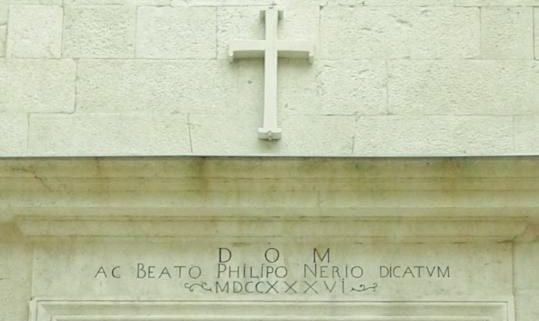
Kirche des hl. Filip Neri
Der splitter Kanoniker und Bischof von Makarska, Nikola Bjanković, beschloss 1672 eine Filipinsche Kongregation zu gründen und eine Kirche die dem hl. Filip Neri geweiht ist zu errichten. An Stelle des Hauses der Familie Papalić, nebst welchem zwei weitere kleinere Häuser vom adeligen Frane Soppe Papalić zugekauft wurden, beginnt der Bau der Kirche im Jahre 1679. Diese schlichte Kirche, mit einem rechteckigen Grundriss wird 1680 fertiggestellt.

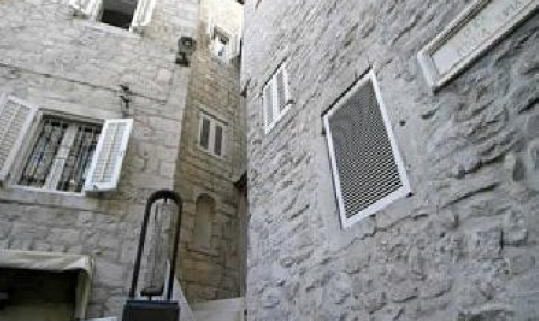
Die hl. Martinskirche
Im nördlichen Teil des Diokletianspalastes, in der Mauer direkt über dem Goldenen Tor, befindet sich die frühchristliche Kirche des hl. Martins. Das heutige Aussehen ist die Replik der originalen Kirche aus dem 6. Jahrhundert, mit einer vorromanischen Altartrennwand aus dem 11. Jahrhundert. Diese kleinste und eine der ältesten Kirchen in Split ist nur 1,64 Meter breit und 10 Meter lang und fällt sicher unter die am besten erhaltenen sakralen Objekte der Antike. Ursprünglich diente der Raum in dem diese Kirche untergebracht ist als römischer Wächterdurchgang zum Schutz des nördlichen Eingangs in den Palast.

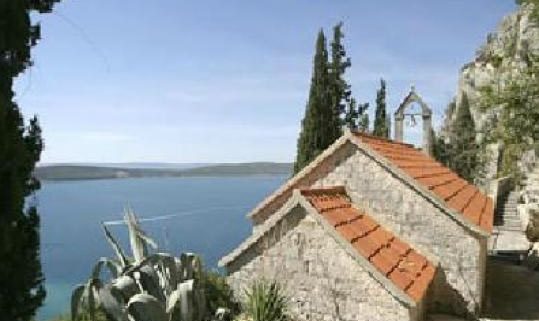
Kirchen auf dem Marjan Berg
Wenn es etwas gibt das den Marjan – diesen symbolischen Berg am westlichen Ende der splitter Halbinsel wirklich bestimmt, so ist das sicher neben dem dichten Pinienwald, den zahlreichen Spazier- und Wanderwegen und Freizeiteinrichtungen oder dem mittelalterlichen Labyrinth der Gassen im Stadtviertel Varoš, sicher eine Vielzahl an Kirchen und Kapellen. Diese wurden in Zeiten gebaut als Marjan das geistliche Refugium der Bürger von Split war, die ihren christlichen Glauben durch Pilgern auf den heiligen Berg auswiesen, so dass manchmal diese wirklich winzigen Kirchen zu den wichtigsten Zeugen der Entwicklung der Stadt Split zählen. Für Natur- und Wanderfreunde bietet sich eine Begehung dieses spirituellen Ringes als einmalige Gelegenheit den Berg Marjan zu erkunden und dabei die Stille und schöne Natur zu genießen, die Marjan allen Bürgern der Stadt und ihren Gästen bietet.


 Deutsch
Deutsch Hrvatski
Hrvatski English
English Italiano
Italiano Français
Français

